Psychedelic paintings created by science
Categories: Science
By Pictolic https://pictolic.com/article/psychedelic-paintings-created-by-science.html
To create such psychedelic pictures, it is not necessary to engage in spiritual practices that expand consciousness. It is enough just to seriously engage in science.One of the most famous and colorful paintings of this kind are fractal images. At the same time, the fractal itself is a mathematical figure with the property of self-similarity, that is, each part of this figure is similar to this figure itself. Today there are special programs that allow you to create beautiful images of fractals using a computer.

It is simply impossible to tell what the Julia set is without using clever special mathematical terms. Without going into the mathematical wilds, we can only say that this is a self-similar boundary of a set of complex numbers arranged according to a certain law. To calculate this particular photo, the formula (1 − z3 / 6) / (z − z2 / 2)2 + c was used.
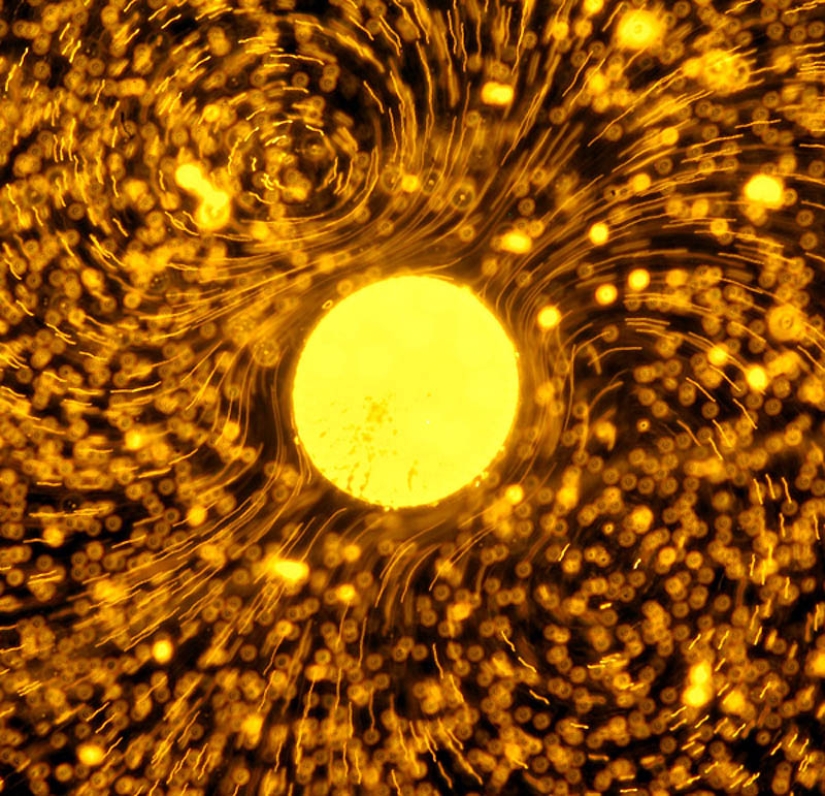
This is what a colony of unicellular algae volvox looks like under a microscope. The size of the entire ball, combining from 200 to 50,000 cells, can reach up to 3 mm. Algae, members of the colony, are held together by special threads, the internal space of the colony is filled with mucus, and the flagella of algae are directed outward. The whole colony gets the opportunity to move in the water due to the coordinated oscillation of the flagella. Volvox have been living on Earth for 200 million years.
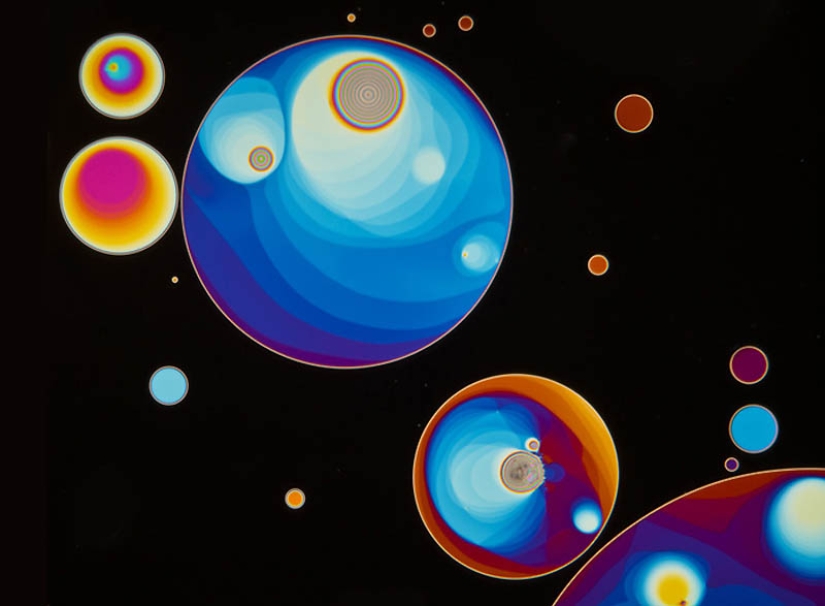
This photo of Gred Gunter took the 18th place in the Nikon Micrography Competition in October. There is a constant play of light in a thin soap film, so it is very difficult to take such pictures.

This image, taken by Hong Kong radiologist Kai-hung Fung from Pamela Youde Nethersole Eastern Hospital, won the grand prize at the International Science and Engineering Visualization Challenge in 2007. This image was constructed by combining 182 images of the nose taken using computed tomography into one frame. The bones of the skeleton were removed from the pictures, and a picture was obtained representing the detailed structure of the nasal sinuses.
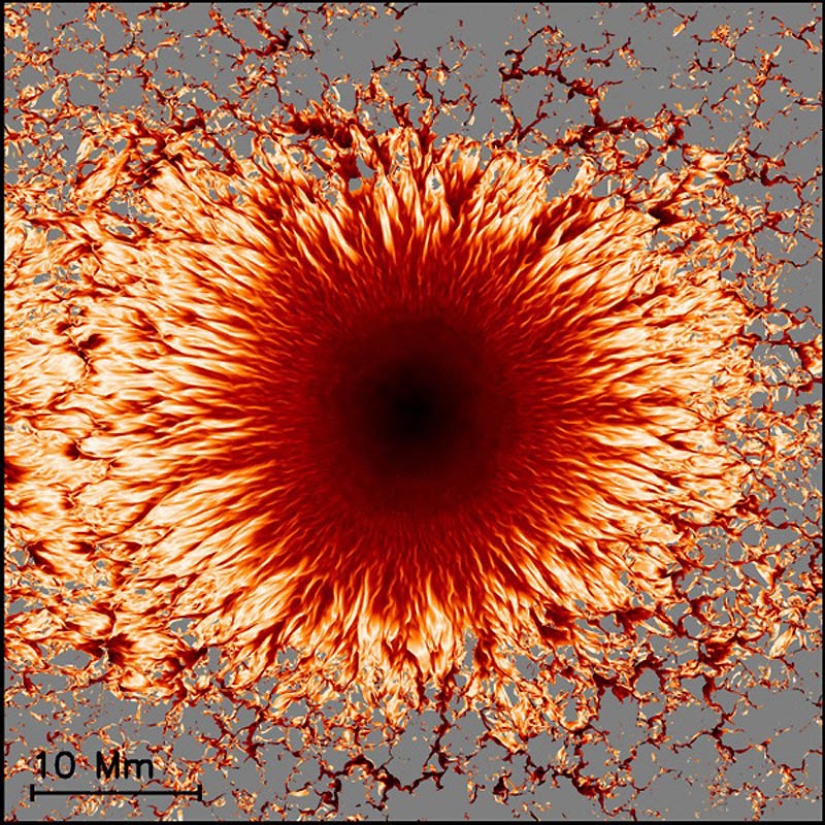
This image was created at the National Center for Atmospheric Research. To create it, the most complete information about sunspots was loaded into a super-powerful computer with a performance of 76 teraflops (76 trillion operations per second). The image simulates the image of processes occurring at a depth of 6000 km from the surface of the Sun.
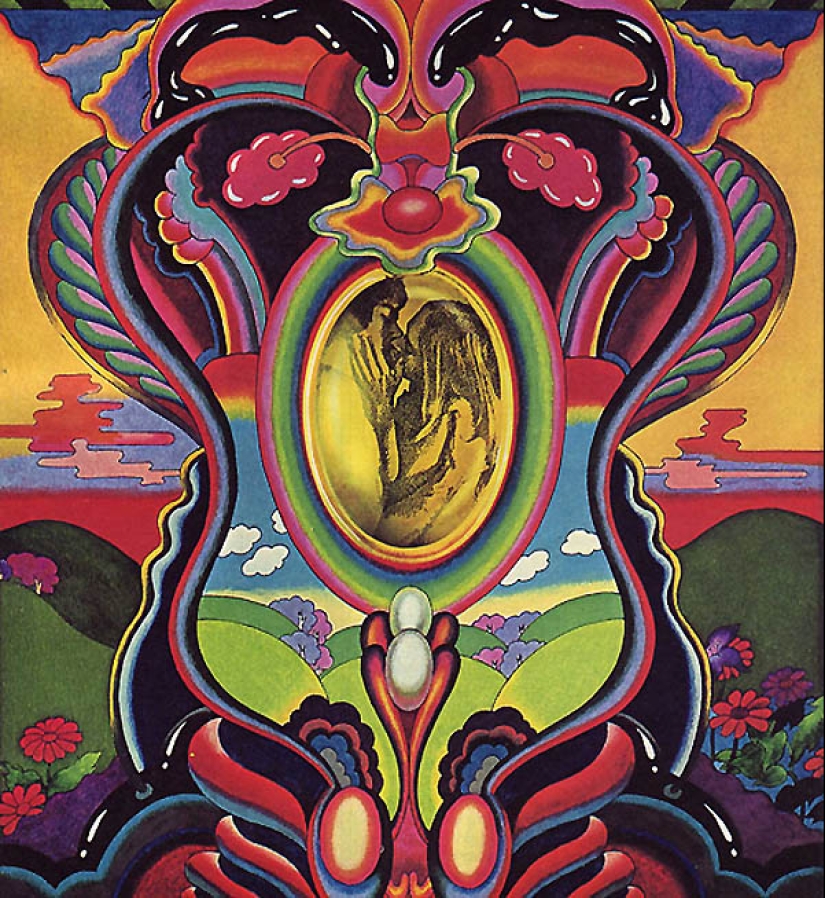
Illustration to the chapter on human sexuality from the textbook "Biology Today" in 1972. You can most often buy a psychedelic-themed painting from collectors.

For the first time this effect was found in crystals of Icelandic spar. The rays of light falling on the surface of the crystal are split into two components. In some cases, this phenomenon gives an amazingly beautiful play of color. This picture was taken by Mike Glazer from Oxford University.
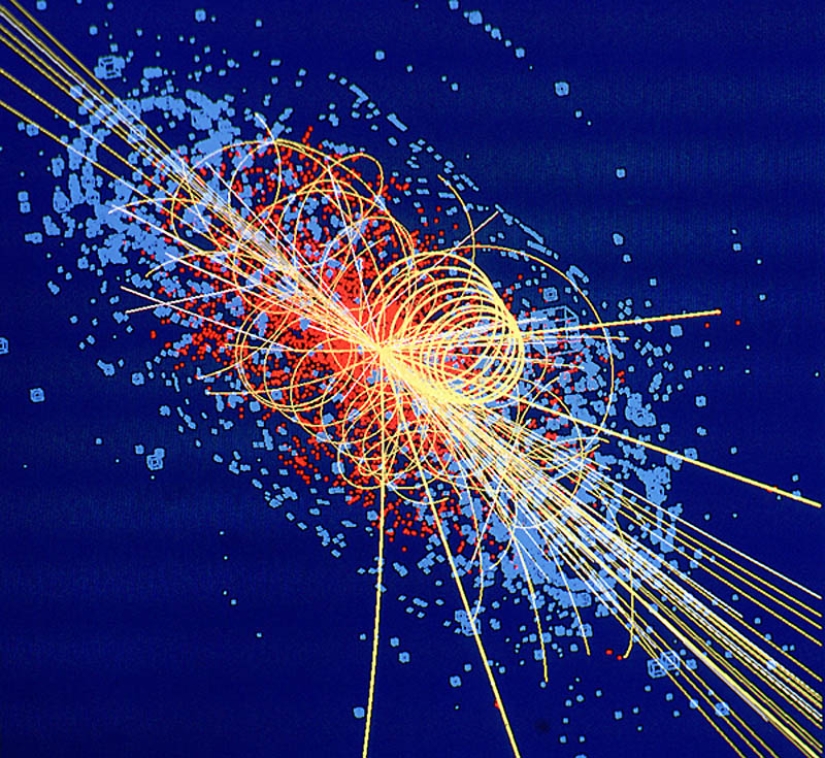
Scientists hope to see something like this picture if the Large Hadron Collider does discover the Higgs boson, the existence of which was predicted in 1960 by the Scottish physicist Peter Higgs. The registration of this boson may lead to the creation of a new theory of the world.
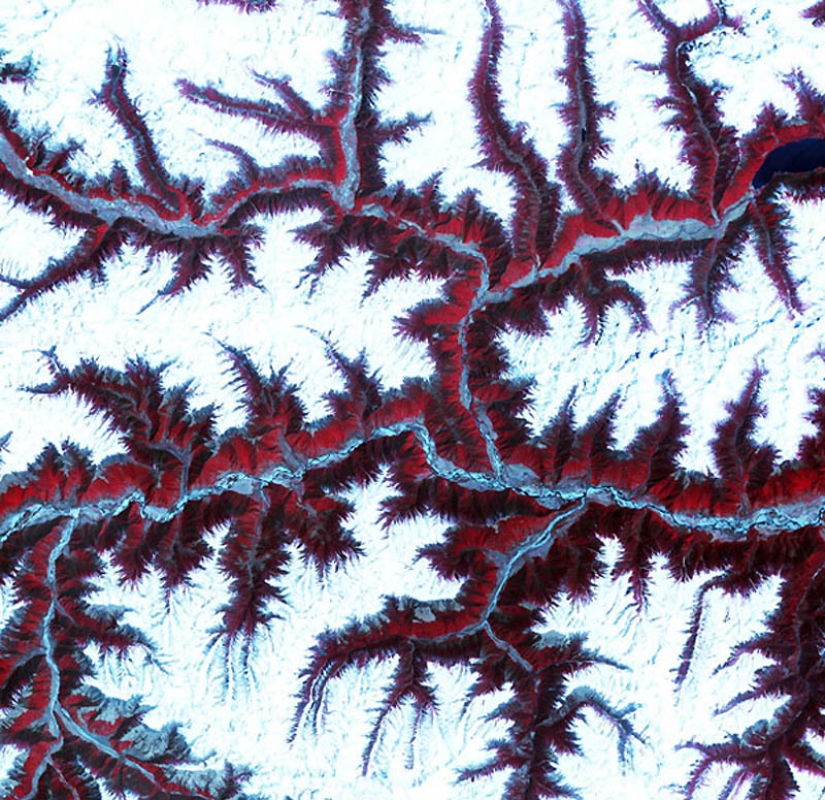
This picture was taken using the ASTER radiometer installed on board the satellite. Thanks to this device, shooting can be carried out with a resolution of 15 to 90 m in 14 spectral ranges, ranging from visible light to infrared. Shooting in the near infrared range allows you to create very accurate digital models of the Earth's surface, as well as maps of surface temperature, its reflectivity, etc.
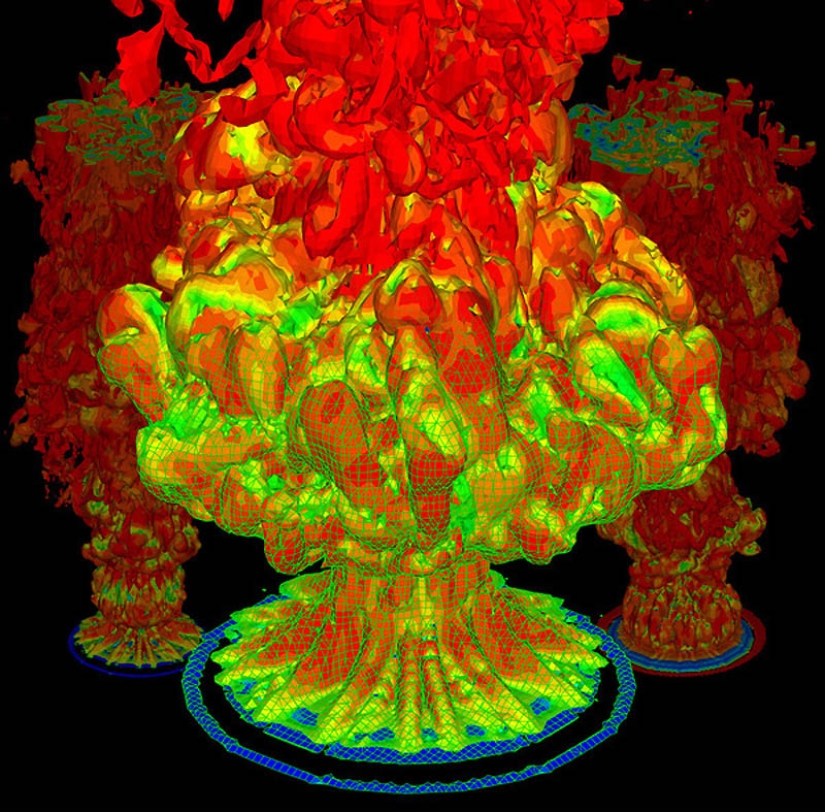
This computer model of the flame was created at the Center for Computational Research at the University of Buffalo by Paul Desjarennes and his colleagues during a series of experiments with fire.
Recent articles

If we talk about multi-faceted talented individuals, then we can safely cite Pavel Vlasov as an example. Although this name won't ...

In the estates of landlords under serfdom, servants of various profiles lived and worked. It was believed that the more servants a ...

New York-based photographer Ryan McGinley is known for his unusual, heart-wrenching projects. His series "Kiss and Make ...